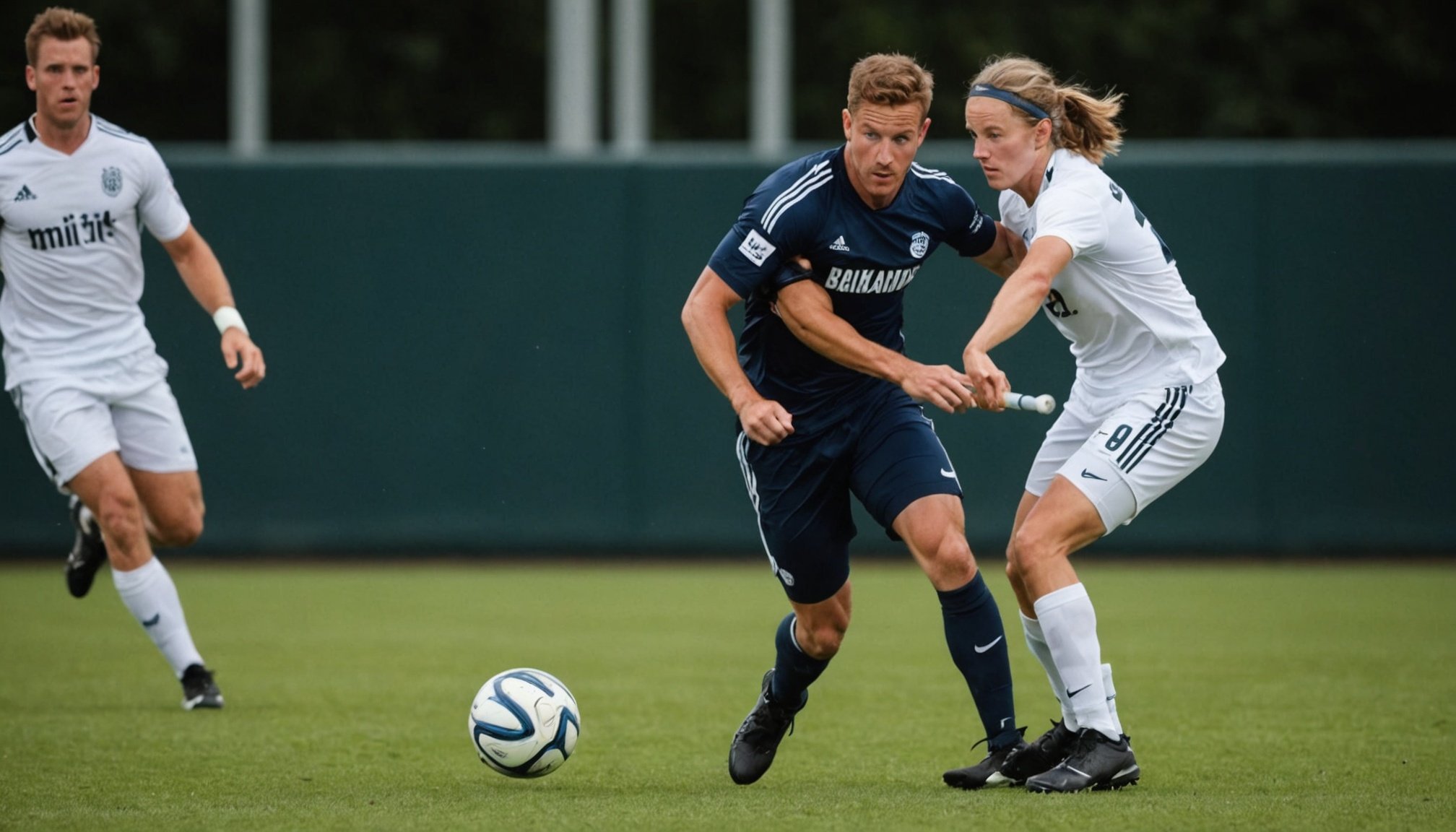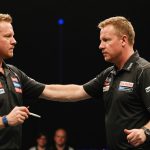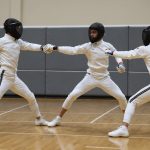Understanding Mental Imagery in Sports
Mental imagery, also known as visualization techniques, involves creating mental representations to improve athletic performance. This practice is significant in sports, as it aids athletes in envisioning their actions and outcomes before actual performance. By mentally simulating competitive scenarios, athletes prepare both their minds and bodies, building confidence and refining techniques without physical exertion.
In high-pressure situations, mental imagery can be a game-changer. When the stakes are high, and the margin for error is minimal, visualizing success can bolster an athlete’s performance. Athletes use mental imagery to practise specific skills or to navigate stress, which helps maintain focus. For instance, an athlete might mentally rehearse a basketball free throw, including the sensory details like the ball’s weight and the sound of it swishing through the net.
Also read : Targeted Yoga Routines to Aid Athletes Recovering from Hamstring Injuries
Moreover, visualization techniques enhance mental resilience. By picturing themselves overcoming obstacles, athletes build psychological stamina. This practice not only makes athletes adaptable but also aids in recovery from potential setbacks. As a result, mental imagery fosters a winning mindset by embedding a sense of preparedness and decisiveness crucial for achieving athletic excellence.
Key Techniques for Effective Mental Imagery
Engaging in mental imagery can significantly enhance performance and aid in skill acquisition. By employing visualization strategies, athletes and performers can improve their techniques and increase their chances of success.
Have you seen this : What are the benefits of integrating plyometric exercises into your routine?
Visualization for Skill Acquisition
Mental imagery plays a vital role in learning new skills. Imagery techniques help athletes break down complex movements into manageable steps. To implement effective visualization strategies, start by creating a clear mental picture of the skill you wish to master. Include all the sensory elements: what you see, hear, and feel during the execution.
Athletes like Michael Phelps have famously harnessed visualization to perfect their skills. They often visualize each element of their performance before executing it physically. This strategy ingrains the sequence of actions in both the mind and body, bridging the gap between mental rehearsal and physical execution.
Contextualizing Imagery for High-Stakes Scenarios
In competitive environments, visualizing success can bolster confidence. Developing imagery scripts before performance can create a pre-defined mental routine that guides focus and calms nerves. Tailoring imagery methods to suit the specific demands of different sports can be particularly effective. By customizing these scripts, athletes ensure they address sport-specific challenges while maintaining high performance under pressure.
Integrating Imagery with Physical Training
Integrating mental imagery into a physical training regimen offers a synergistic approach to skill improvement. A balanced training plan that combines mental rehearsal with physical practice can elevate performance. Many athletes report achieving their best results when they align their physical efforts with robust mental imagery sessions. This integrated training highlights the importance of a holistic approach to athlete development, ensuring both mental and physical faculties are finely tuned.
Overcoming Psychological Barriers with Mental Imagery
Athletes frequently encounter psychological barriers such as performance anxiety and fear during competitions. These barriers can severely impact one’s ability to perform at their best. However, using mental imagery techniques has proven effective in combating these challenges. By visualising successful performances, athletes can prepare their minds to handle stress and maintain focus.
Mental resilience is key to achieving peak performance. When athletes mentally rehearse their routines, they build resilience against distractions and self-doubt. This strengthens their confidence and prepares them to handle high-pressure situations more effectively.
Techniques like guided imagery involve the athlete envisioning every detail of their performance, from the emotions they want to feel to the atmosphere surrounding them. This powerful method encourages athletes to repeatedly see themselves succeeding, which helps solidify their confidence when faced with real-life pressures.
To enhance mental resilience against performance anxiety, athletes can integrate relaxation techniques with mental imagery. Practising breathing exercises in tandem with visualisation can ground the athlete, allowing them to remain composed despite the stakes.
In conclusion, by embracing psychological strategies such as mental imagery, athletes can bolster their mental fortitude, enabling them to overcome psychological barriers and excel during competitions. With consistent practice, these techniques become an invaluable part of an athlete’s toolkit.
Case Studies and Testimonials
Mental imagery has become a transformative practice for many athletes, enhancing both training and performance. Numerous athlete success stories have emerged that highlight its significant impact on achieving outstanding results.
One notable case involves an Olympic swimmer who integrated mental imagery into their routine. By visualising every stroke, turn, and finish with precision, the swimmer reported improved focus and a tangible reduction in pre-race anxiety. This detailed mental rehearsal allowed the athlete to prepare for various scenarios, ensuring readiness for unexpected challenges.
Similarly, in the world of track and field, a sprinter attributed their championship success to daily mental imagery sessions. By imagining the starting gun, feeling the push-off, and reaching maximum velocity, the sprinter honed their muscle memory and reaction time. The result was a series of personal bests and podium finishes.
From these real-world applications, we learn that the power of imagery transcends specific sports. Athletes can universally apply lessons such as refining focus, reducing anxiety, and anticipating competition scenarios for significant mental gains.
Each story underscores that, with dedication, mental imagery can be a pivotal component of athletic prowess, offering insights into performance determinants often unseen by external observers.
Practical Exercises for Athletes and Coaches
Mental imagery exercises form the backbone of many effective training methods aimed at performance improvement. Tailored correctly, they can enhance both individual and team skills, offering athletes a mental edge.
Daily Mental Imagery Routine
Creating a daily mental imagery routine requires a structured approach. Start by identifying key skills and scenarios relevant to your sport. Visualize these with vivid detail, engaging as many senses as possible. Regular practice solidifies these skills in your cognitive framework.
Personalization is crucial; athletes should adjust imagery to align with their unique motivations and experiences. This could involve customizing visual scenes, feelings, or outcomes to better resonate individually. Monitoring progress is equally important. Keep a log of daily practices and perceived improvements. Use this to make adjustments, ensuring the method remains effective over time.
Group Imagery Sessions
Group mental imagery sessions enhance team sports dynamics. The shared visualization promotes teamwork and cohesion, uniting players under a common goal. Structuring these sessions involves defining clear objectives, ensuring synchronized focus among participants. Feedback from these exercises is invaluable. Encourage open discussions post-session to refine techniques and strategies continuously.
Journaling and Reflection Techniques
Imagery journals offer athletes a space to document their mental rehearsal and reflections. Journaling prompts self-assessment, fostering growth by connecting imagery outcomes with actual performance results. Through this process, athletes gain insights, translating mental practices into tangible improvements, thus elevating their overall game.











